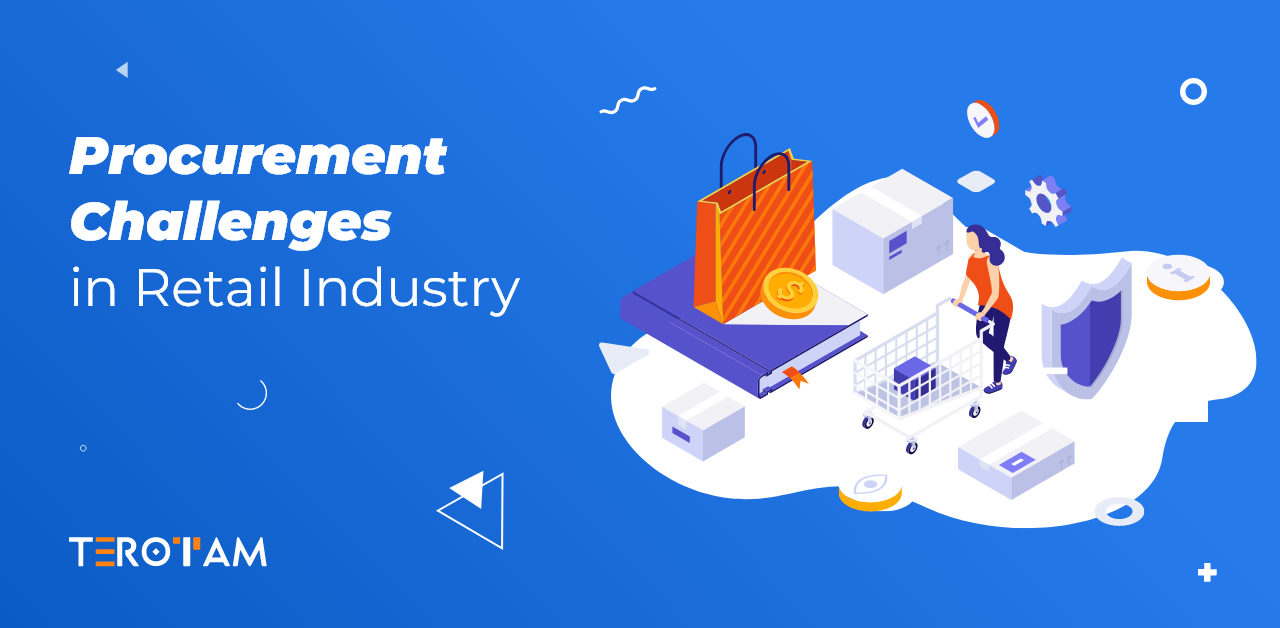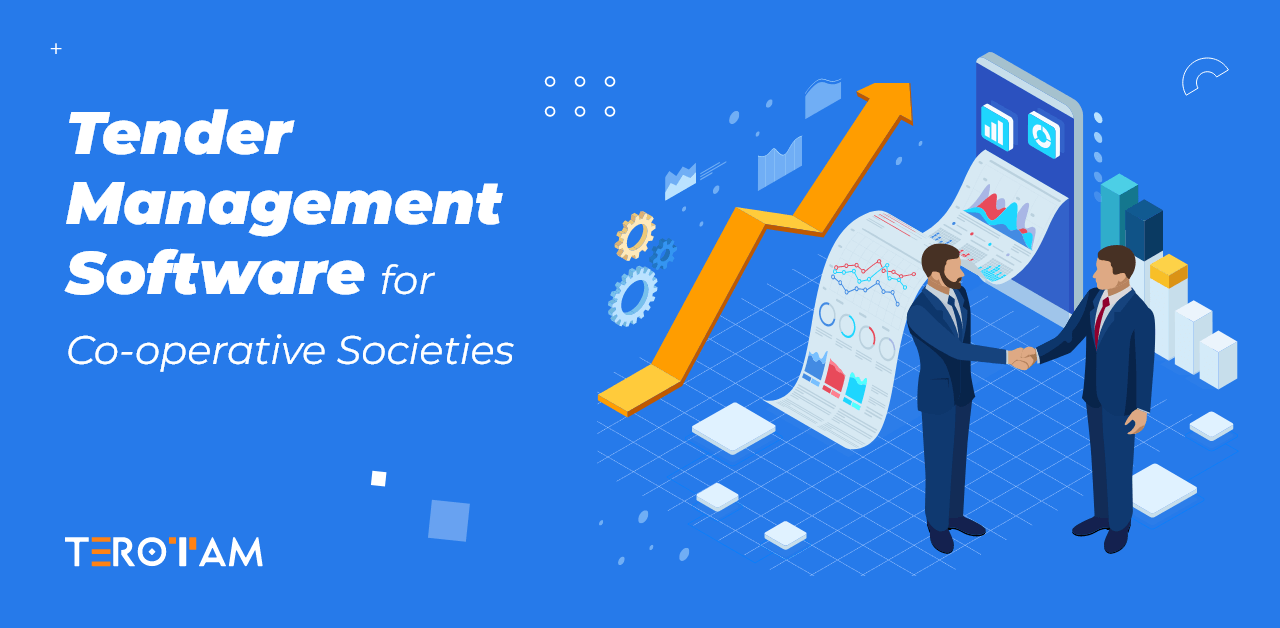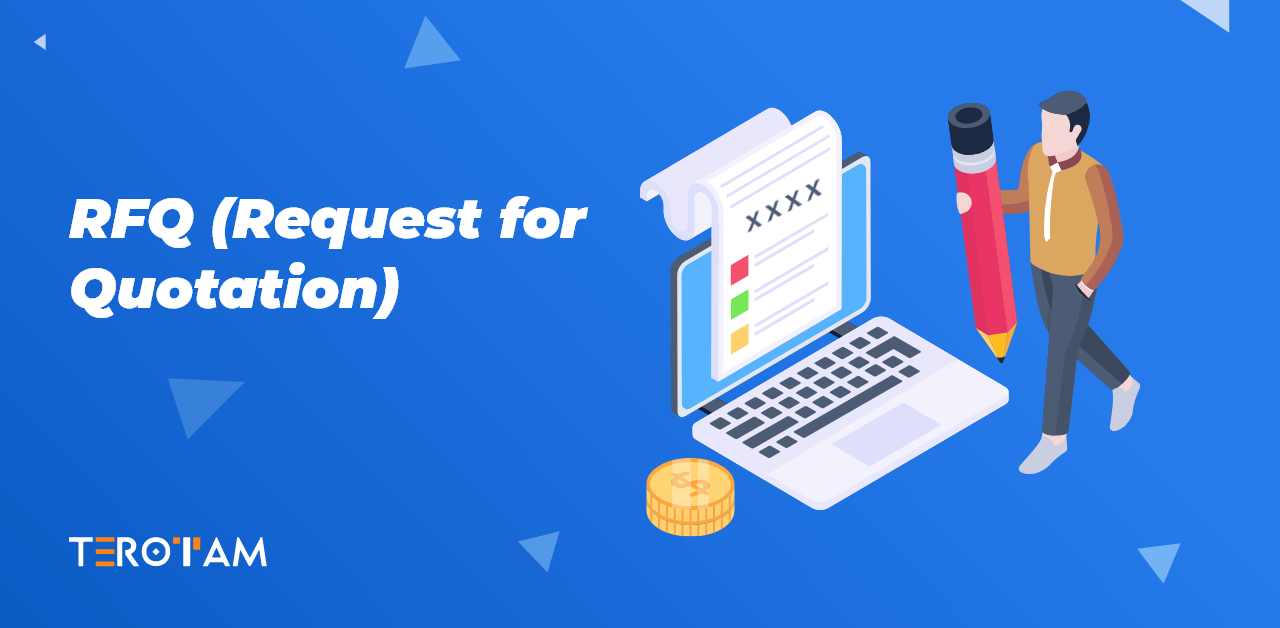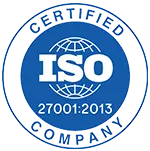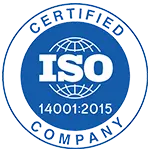In today’s competitive business environment, every dollar counts. That’s why it’s more important than ever for businesses to measure and maximize their procurement ROI. It is a measure of the financial benefit that a business receives from its procurement activities. It can be calculated by dividing the total cost savings achieved by procurement by the total cost of procurement.
In the dynamic business landscape of 2026, procurement plays a crucial role in driving profitability and delivering strategic value to organizations. As companies strive to optimize their procurement processes, the focus on measuring and enhancing procurement ROI has become increasingly important. There are a number of ways to improve procurement Return On Investment. One way is to implement a procurement management software solution. Procurement software solutions can help businesses to automate their procurement processes, improve supplier relationships, and negotiate better prices.
Another way to improve procurement ROI is to develop a strategic procurement plan. A strategic procurement plan should identify the key areas where procurement management software can save the business money, and it should outline the steps that need to be taken to achieve those savings. In this blog, we will explore effective strategies that businesses can employ to measure and enhance procurement Return On Investment in the year 2026 and beyond.
Defining Key Performance Indicators (KPIs) for Procurement ROI:
To measure Return On Investment of procurement, organizations need to establish clear and relevant KPIs that align with their strategic objectives. These KPIs can include cost savings, supplier performance, contract compliance, risk management, and process efficiency. By setting specific, measurable, attainable, relevant, and time-bound (SMART) KPIs, businesses can track their progress and evaluate the impact of procurement activities on overall ROI.
Leveraging Data Analytics and Technology
In 2026, data analytics and technology solutions are indispensable tools for measuring and enhancing procurement Return On Investment. Advanced analytics platforms can provide valuable insights into spending patterns, supplier performance, market trends, and risk factors. By harnessing the power of data, organizations can identify opportunities for cost savings, negotiate better contracts, mitigate risks, and optimize their procurement processes for improved ROI.
Building Collaborative Supplier Relationships
Strong supplier relationships are key to driving procurement Return On Investment. In 2026, businesses are focusing on building strategic partnerships with suppliers to unlock mutual value and enhance ROI. Collaborative initiatives such as joint innovation projects, supplier development programs, and performance-based contracts can lead to cost reductions, improved quality, and increased efficiency. By working closely with suppliers, organizations can unlock hidden opportunities for value creation and achieve higher procurement Return On Investment.
Implementing Continuous Process Improvement
Organizations need to embrace a culture of continuous process improvement. By leveraging methodologies such as Lean Six Sigma and implementing robust process optimization initiatives, businesses can streamline their procurement workflows, eliminate waste, and drive efficiency. Automation and digitization of procurement processes can also play a significant role in enhancing productivity, reducing manual errors, and freeing up resources to focus on value-added activities.
Aligning Procurement with Strategic Goals
In 2026, successful organizations understand the importance of aligning procurement activities with their overall strategic goals. By integrating procurement into the strategic planning process, businesses can ensure that procurement decisions and actions directly contribute to the achievement of organizational objectives. This alignment helps prioritize investments, identify strategic sourcing opportunities, and optimize supplier selection, ultimately leading to enhanced procurement Return On Investment. By measuring and maximizing their procurement Return On Investment, businesses can improve their bottom line and gain a competitive advantage.
How to Measure and Maximize Procurement ROI in 2026
In today’s competitive business environment, procurement is no longer just about cutting costs — it’s about driving value, efficiency, and long-term growth. Measuring and maximizing procurement ROI (Return on Investment) in 2026 requires a smart mix of technology, strategy, and continuous improvement. Here are some proven ways to get started:
1. Use a Procurement Management Solution
Investing in a modern procurement software solution can transform the way your business handles purchasing. By automating processes, reducing manual errors, improving supplier relationships, and negotiating better deals, companies can achieve significant cost savings and boost efficiency across the supply chain.
2. Build a Strategic Procurement Plan
A clear and actionable procurement strategy is essential for ROI. Your plan should identify cost-saving opportunities, outline supplier management tactics, and set measurable goals. With a structured roadmap, procurement teams can focus on high-value areas that contribute directly to the bottom line.
3. Track and Analyze Procurement Data
Data is at the heart of ROI measurement. Monitoring metrics like cost of goods sold, invoice accuracy, purchase order cycle times, and supplier performance helps you see exactly where money is saved—or lost. This visibility allows businesses to fine-tune procurement decisions and maximize returns.
4. Benchmark Against Industry Standards
Comparing your procurement performance with industry benchmarks gives you insights into where you stand. This helps identify gaps, highlight best practices, and uncover areas where your organization can improve to stay competitive.
5. Focus on Continuous Improvement
Procurement is not a one-time initiative — it’s a continuous process. Regularly reviewing workflows, renegotiating contracts, and adopting new procurement technologies ensures that your ROI keeps improving year after year.
By applying these strategies, you can effectively measure and maximize procurement ROI in 2026—strengthening your bottom line and staying ahead of the competition.
Conclusion:
As organizations navigate the complexities of the business landscape in 2026, measuring and enhancing procurement ROI is crucial for sustainable success. By implementing effective strategies such as defining relevant KPIs, leveraging data analytics and technology, building collaborative supplier relationships, implementing continuous process improvement, and aligning procurement with strategic goals, businesses can drive profitability, achieve cost savings, mitigate risks, and deliver long-term value through their procurement functions. Embracing these strategies will position organizations at the forefront of procurement excellence in the year 2026 and beyond.



